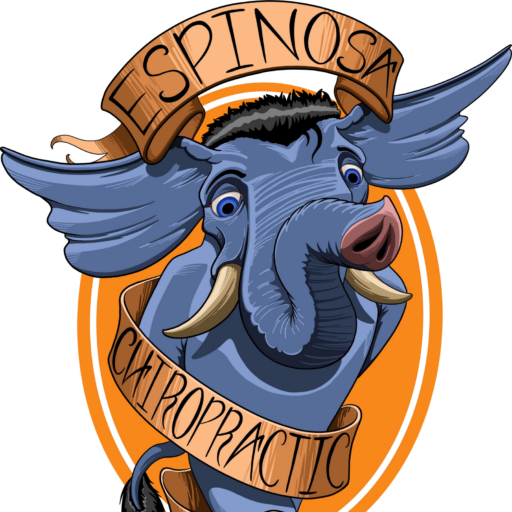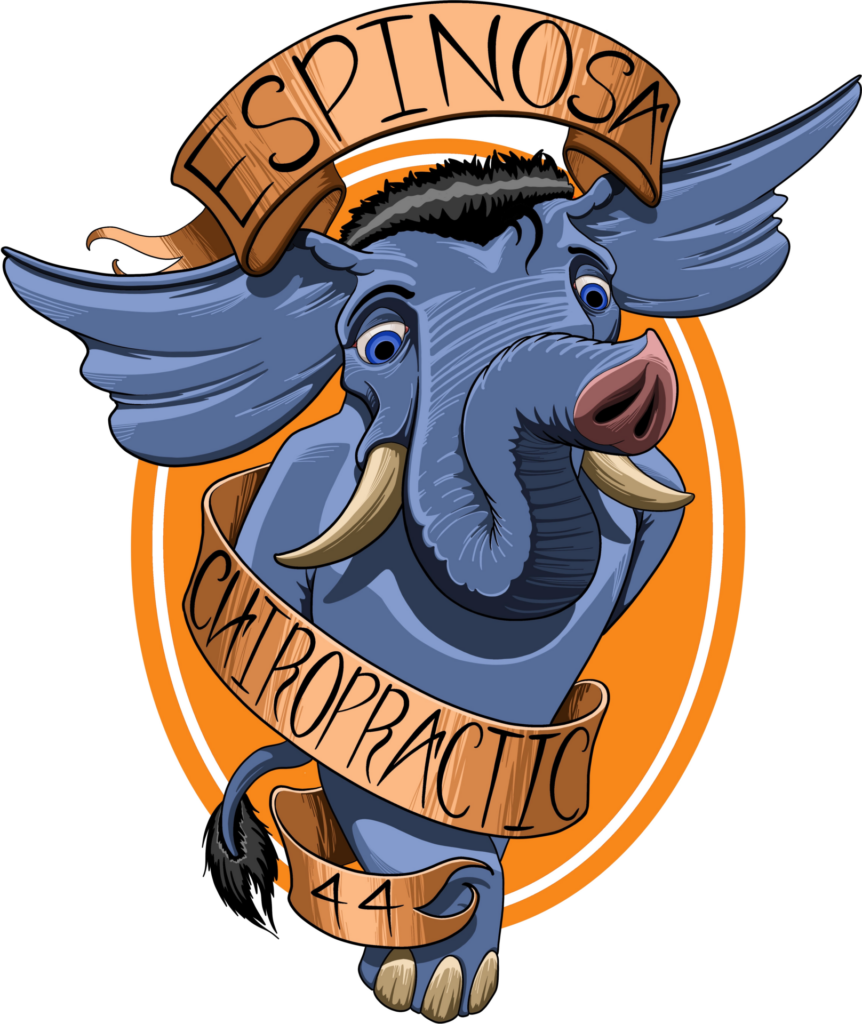Posts Tagged ‘spine’
How to Reach Relaxation Using your Pillow

Relaxation is an identifiable state
A basic definition of relaxation taken from Google: the state of being free from tension and anxiety. But what does it take to get to such a peaceful sounding place? When it comes to sleeping, the process begins with comfort. Feelings of comfort lead to calm, a state of harmony between body, mental processing and emotions. Calm theoretically then gives way to relaxation, allowing your body to reduce its expenditure of energy and focus on resting. This last phase is when sleep occurs, but the process, as many of you will know, is far from easy. While reducing anxiety and tension is not a simple case of getting from point A to point B, there are steps you can take, including using your pillow, to create a comfortable environment for your body and mind to seek calmness and relaxation.
An Essential Imbalance in Core Strength: Postural versus Phasic Muscles

There are two main types of muscles that contribute to a solid core
Sitting at your desk all day, every day, is eventually going to cause some kind of pain and dysfunction in your back, unless you take proactive measures to stop its occurence! For most people, a prescription of improving posture would suffice but its hardly that simple of a problem. No matter how many times you are told to sit up straight, you’re not going to be able to maintain it unless you have postural balance. No matter how you spin it, good posture starts with the muscles.
Posture Reset: Sit Better Right Now

Take stock of your posture right now
The most common poses when working are: sitting and standing. Chances are you could benefit from a quick posture adjustment. It goes like this:
- Sit up straight and look straight ahead with your head balanced atop your spine.
- Move your butt to the back of your chair.
- Pull your navel in toward your spine and up toward your ribs.
- Roll your shoulders back and down
- Drop your tailbone down toward the floor.
- Make sure you feel as though there is a straight line between your head and tailbone.
Chances are this position feels awkward- it may even hurt a bit. That is your muscles adjusting to the position they are supposed to be able to hold. Let the shame sink into those muscles and take a moment to realize that this is what good posture looks like. We need to make this the norm- but how?
What does Spinal Longevity Mean to You?

Taking control of your spinal health begins with thinking to the future
Our spines have finite shelf dates that are inherently shorter than our life spans. The resilience of our spines to compressive forces begins to wane as we grow, and the aches, pains and stiffness begin to set in. When you consider that the spine is a cornerstone of well-being, this is quite a torturous prospect- no one wants an old age filled with back pain, but many of the actions we take in the here and now will condemn us to exactly that. This paradox exists because we are inherently lazy: while no one plans for a crippled old age, the gratification of being sedentary in the here and now allows us to put off thoughts of being proactive about back care until the pain becomes to great to ignore.
Why You Want More Postural Transitions

What are postural transitions?
Answer: the movements you make when changing positions. These little movements range from slight adjustments like sitting up straight from slouching, to full postural changes like the transition from sitting to standing. Postural transitions have taken on a whole new gravitas as more and more Americans are transferring into the white collar work scenario. As an office of chiropractic, we wince at any job that asks you to sit for up to 8 hours a day.
- Out of all normal positions you will adopt throughout the day, sitting is the worst position for the human spine: most experts agree that it puts an average of 125kg of pressure on lumbar intervertebral discs.
However, we also realize that if that is how you earn a paycheck, you can use all our help in keeping your body healthy despite the burden of sitting. Postural transitioning is a key way you can do this.
Self-Care for Low Back Pain

Your body is a self-healing machine
Most instances of non-specific lower back pain will heal themselves without the necessity for medical intervention if given enough attention to recovery. Back pain should be closely monitored and any actions that could exacerbate your pain should be avoided; other than that, it is recommended that you carry on a light schedule of motion to prevent the stiffness, loss of muscle and flexibility that actually slows recovery. Movement helps maintain range of motion despite the injury and also contributes to better circulation to keep the nutrients and oxygen flowing to the injurious region that is most in need. Four weeks is a good threshold for self-care; if back pain persists beyond this point, it may be worth investigating your condition further with the help of a medical professional.
Pregnancy and Your Pelvic Floor Muscles

When it comes to pregnancy, no one wants a weak pelvic floor
The pelvic floor is a network of muscles and ligaments located at the bottom of the pelvic cavity. It is an extension of the core muscle network that connects the pubic bone, sit bones and tailbone, which means that it influences a whole range of bodily functions. When it comes to pregnancy, the importance of the pelvic floor multiplies. For a pregnant woman, the main purpose of the pelvic floor is to provide for bowel control and add a layer of strength and support to support and stabilize the spine while accounting for the weight of the growing fetus.
The Unstable Spine is the Norm

The unstable spine sets you up for a world full of problems
Anything great begins with a solid foundation. Whether it is something as abstract as an idea or as tangible as a skyscraper, everything builds from the bottom. The human body is no different: your spine is the foundation of your body. The spine has a say in every single movement you make; likewise, it’s health is influenced by every single move you make. Not surprisingly, spinal health begins at the foundation of the spine: the sacrum and the sacroiliac joints which connect spine and pelvis. Misalignment of the vertebrae at the base of the spine, and dysfunction in the sacroiliac joints contributes to an unstable spine.
Thoughts on Back Pain and White Collar Work

Could white collar work actually take the title for worst career related to back pain?
Although the idea of working at a desk has been around for less time than say manual labor, nursing or construction work, it is quickly earning its title as being horrible for the spine. As specialists in the musculoskeletal form, we can tell you that the human body simply wasn’t meant to sit at a desk for any extended period of time. Unfortunately, more people are facing the reality of earning their living at a desk. If this is the case you face, make sure you are taking care of your spine first and foremost; after all, it is one of your greatest assets on the job!
Thoughts on Back Pain and Construction Work

Construction work is among the professions with the highest incidence of back-pain
It is not hard to see why. Causes for back pain in the construction industry are mainly related to heavy lifting but also include:
- Vibration and shock absorption involved in the use of heavy equipment
- Twisting and lifting
- Improper body mechanics while performing a variety of lifting movements
Most of these activities result in strains of the supportive soft tissue in the back which causes inflammation, muscle spasm and severe pain. Construction workers should always take steps to prevent back pain and consult with a back-care specialist when pain strikes.
